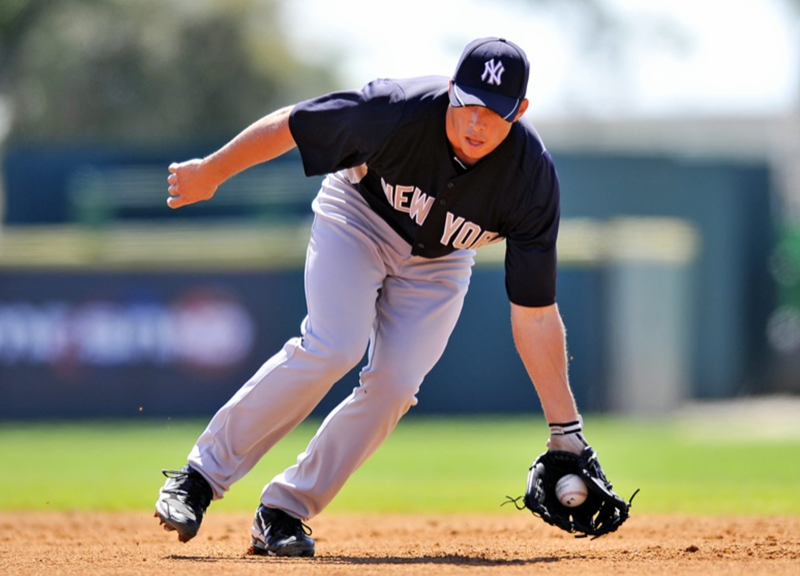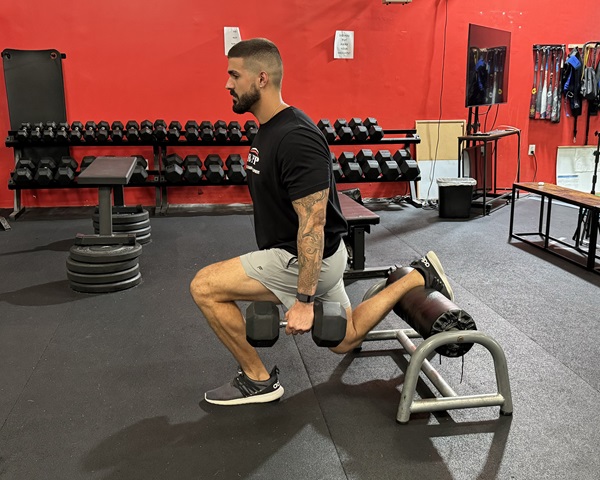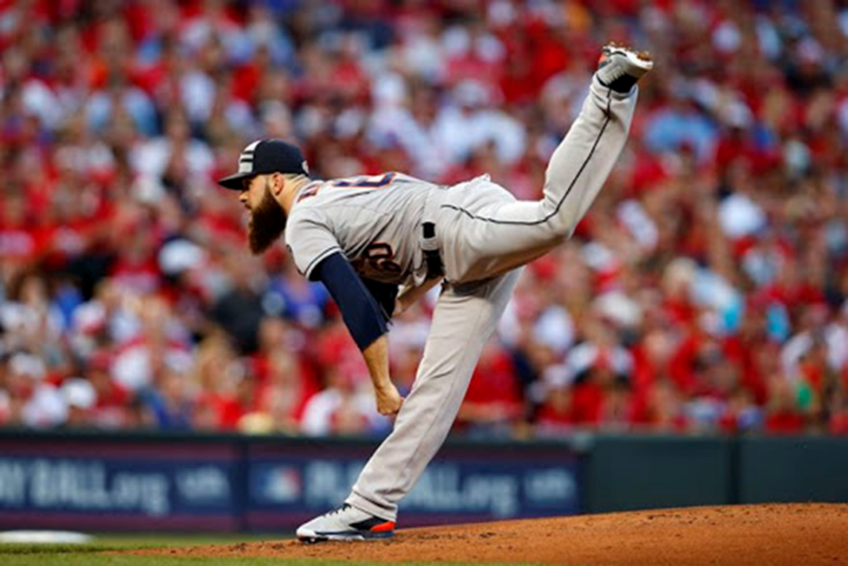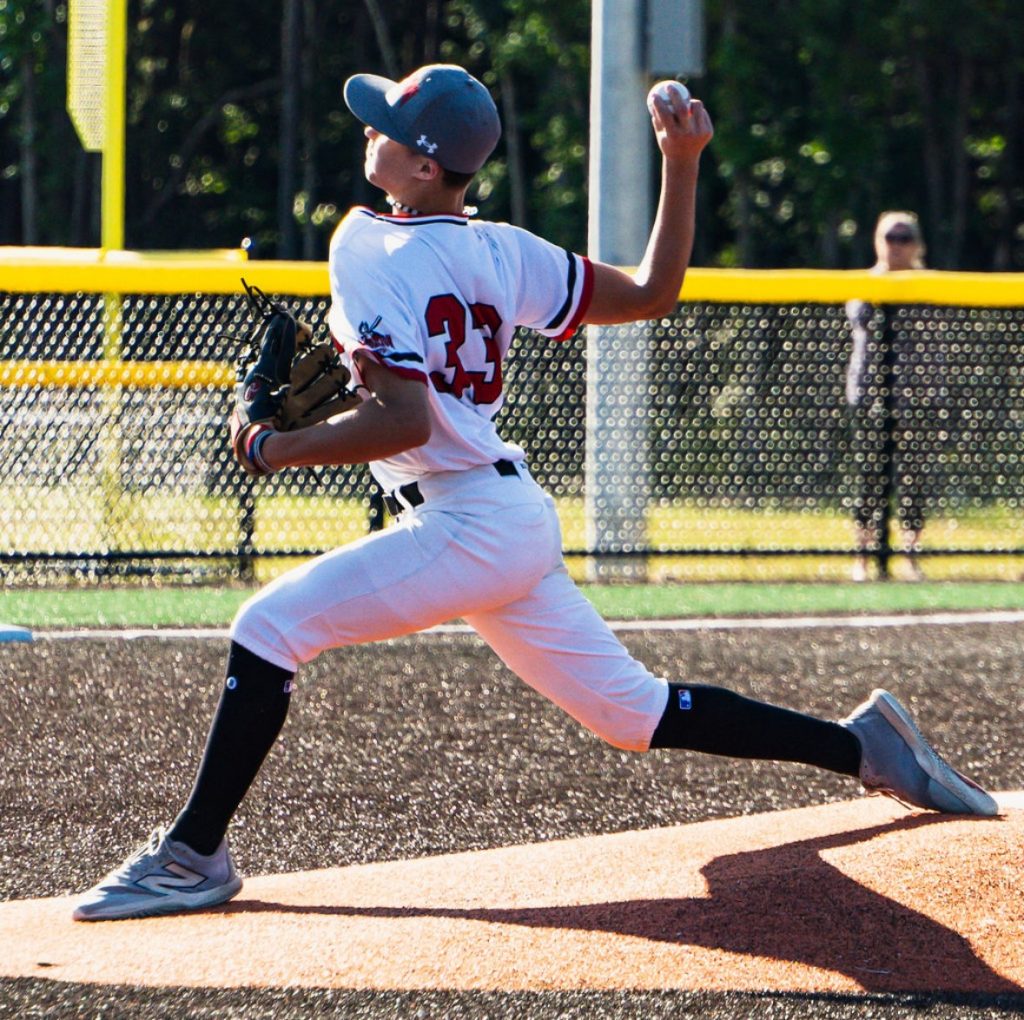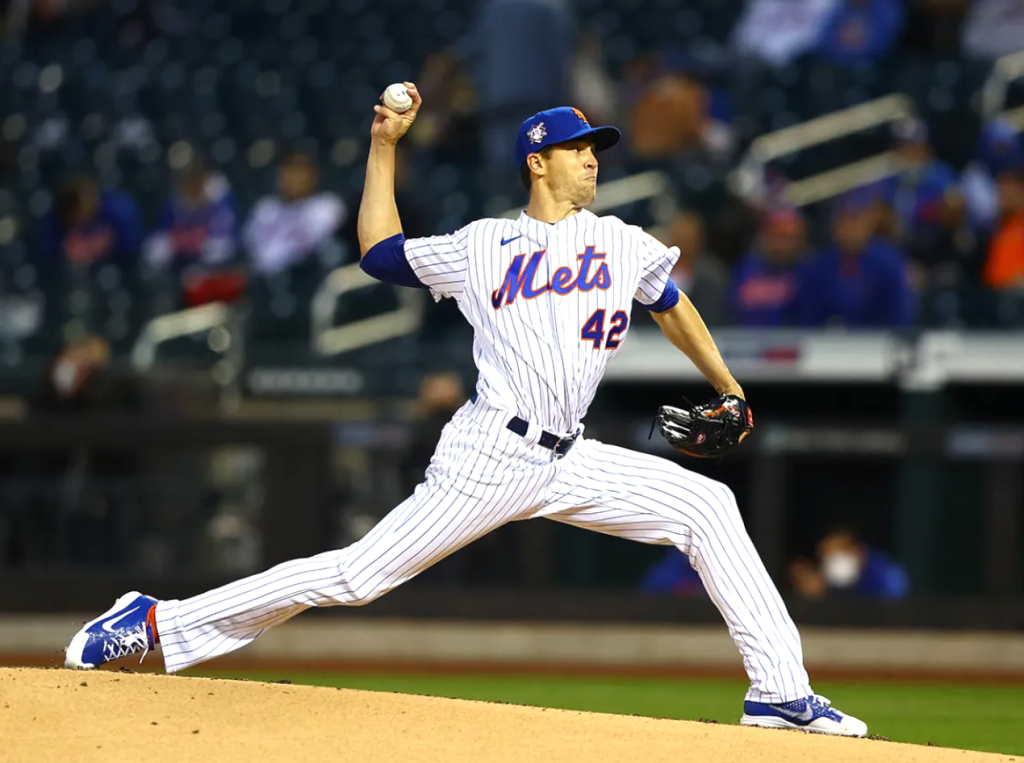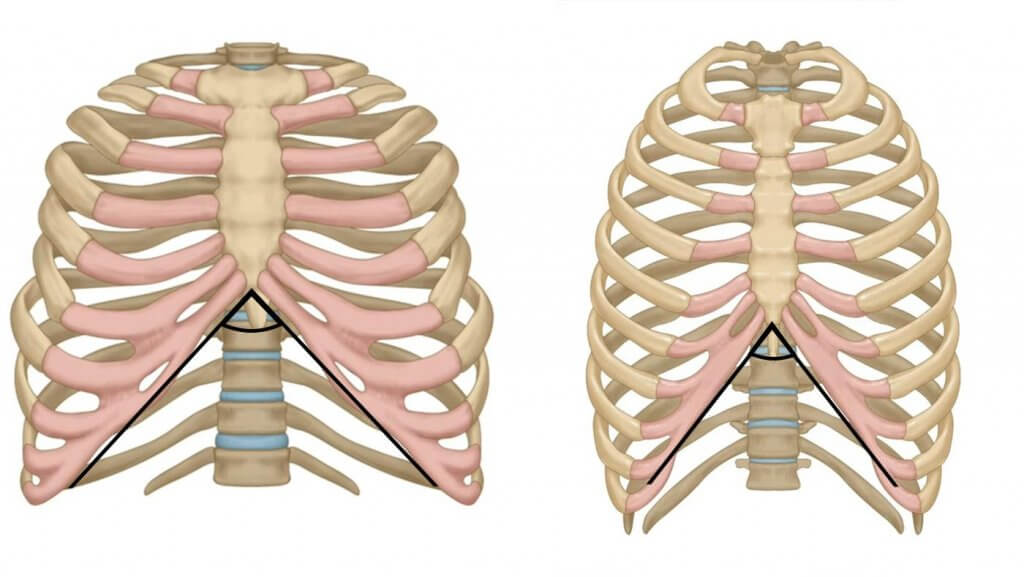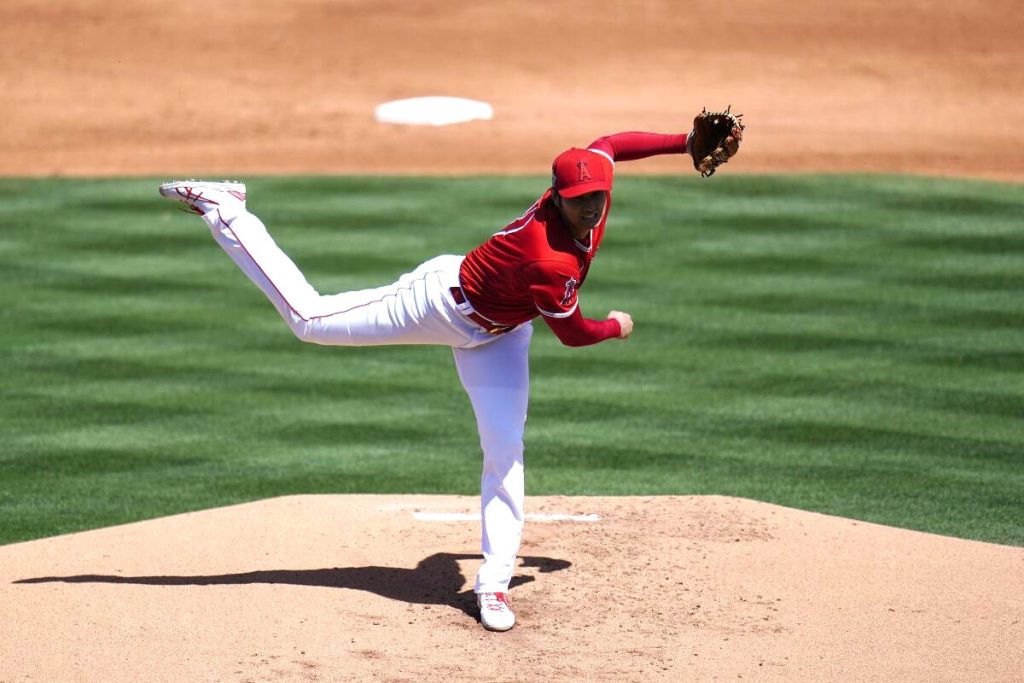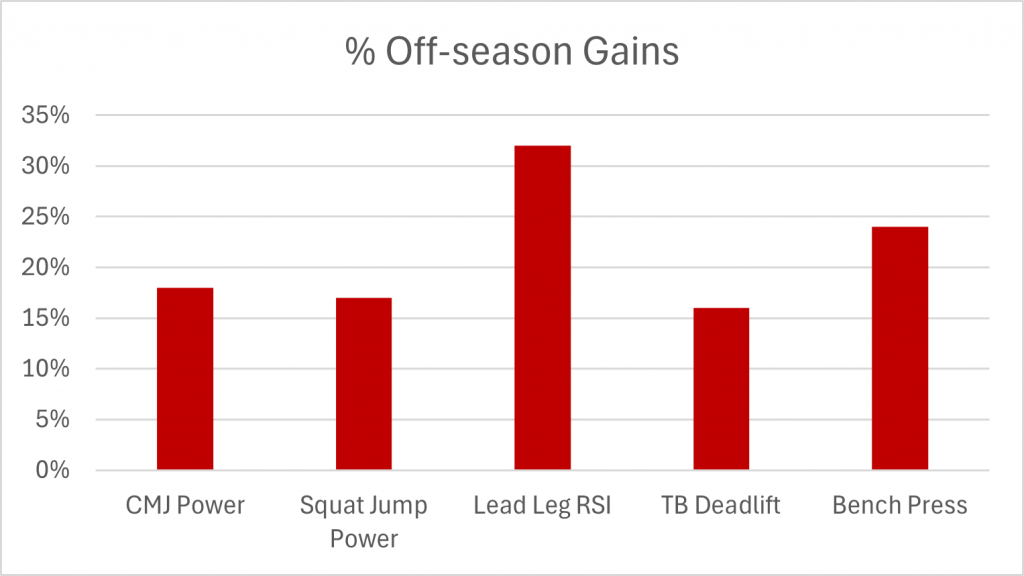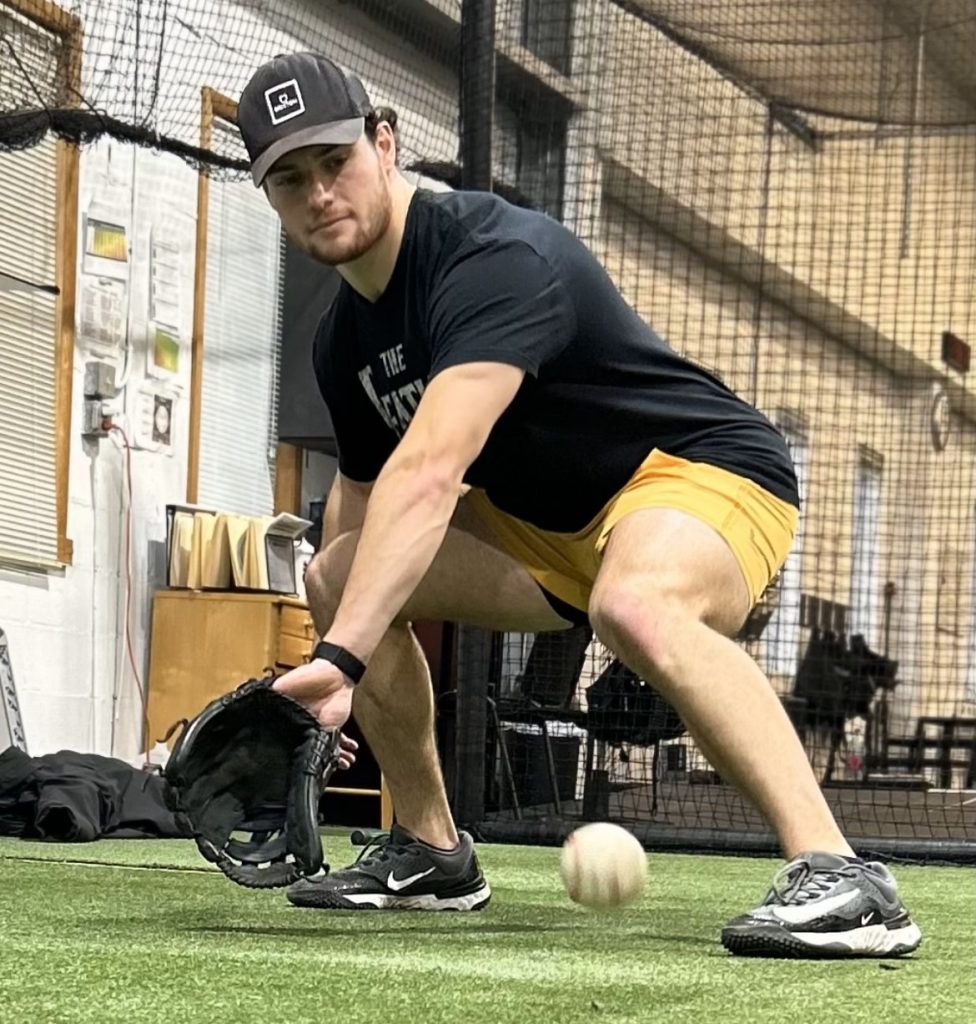
Do you have an arm care program? It’s a question we’re often asked by parents of young athletes. Unfortunately, this question also comes with an expectation that any arm care program would be mostly focusing on band work. This couldn’t be farther from reality. With respect to throwing a baseball nothing happens in isolation, and a great arm care program is no different. I can recount many conversations with parents about arm care. And, when I tell them that it’s about a number of different things, including strength training, I can see it in their eyes. Their response often is “but I’m looking for arm care”.
Let me explain!

